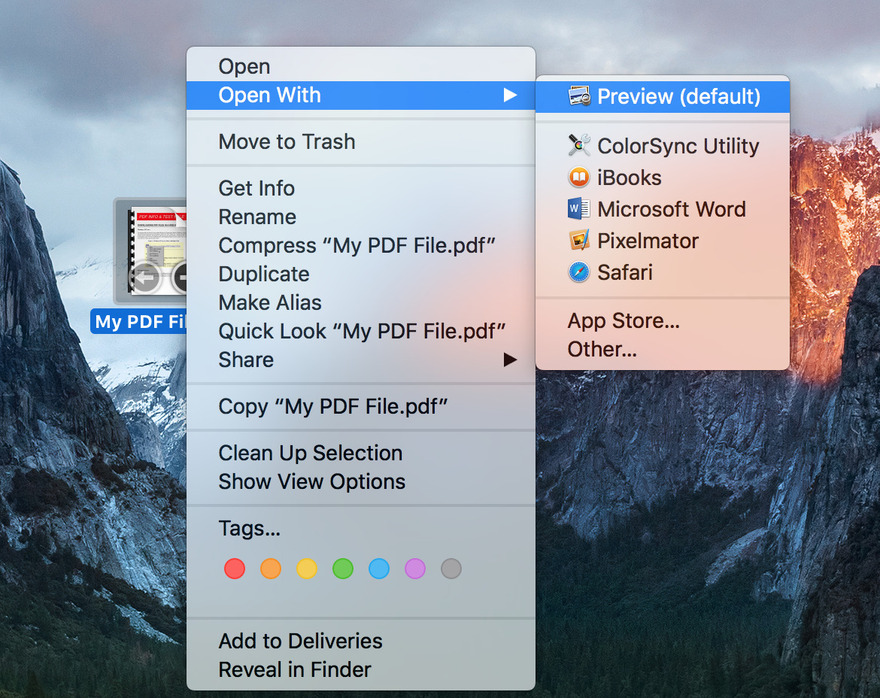

The levels build a hierarchy with ERROR logging critical messages only and DEBUG logging nearly everything.ĭEBUG combines all logs from weight 100 to 500, while TRACE adds further messages in addition to what DEBUG displays.ĪLL includes every log level from weight 100 to 600. When a fine grained debug message, typically capturing the flow through the application When an event that might possible lead to an error When an error in the application, possibly recoverable The detail of logging is defined by one of the following levels: Log Level The what is defined by package.subpackage and is in most cases a binding (like ). Use ctrl-c to quit this commandįor example, the following command enables real-time monitoring of the default log: List the currently set loggers with their levelsĬontinuously display log entries. Click Add files to browse and select the required log files. Specify your email address and the address to receive notifications. Add the modules, of which the logs are uploaded. The log shell provides the following commands: Log Commandĭisplays the last occurred exception from the log To send log files using the HTTP mode, follow the steps given below: From a web browser, connect to this link. The openHAB console allows you to monitor the log in real-time. The default installation of openHAB generates two log files: Log files are written to either userdata/log (manual setup) or /var/log/openhab (package based setup) and can be accessed using standard OS tools for text files. Through files stored on the file system.

#View mac log files how to
This includes how to access logging information and configure logging for user-defined rules. This article describes the logging functionality in openHAB. Advanced Functionality and Administrative Tasks.


 0 kommentar(er)
0 kommentar(er)
